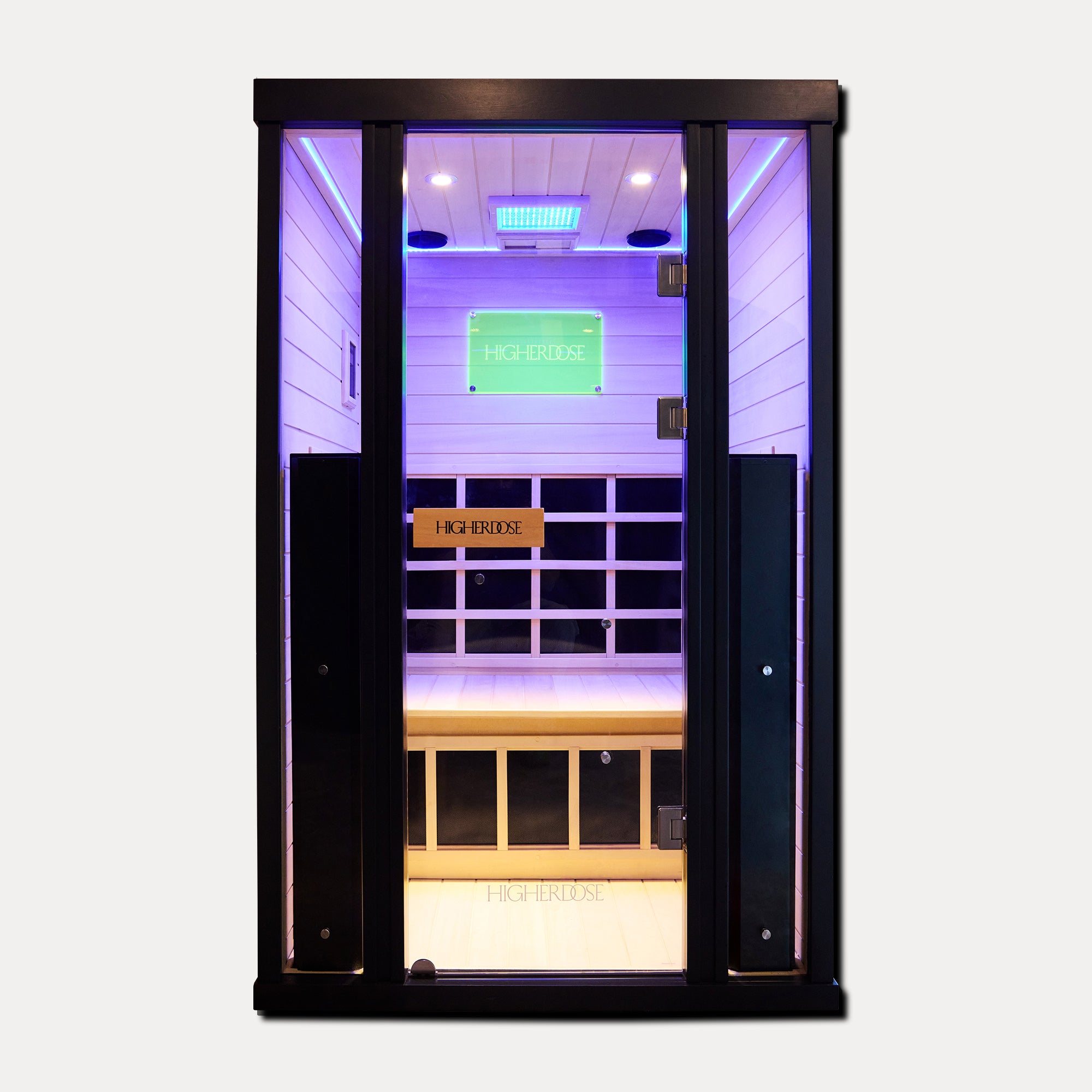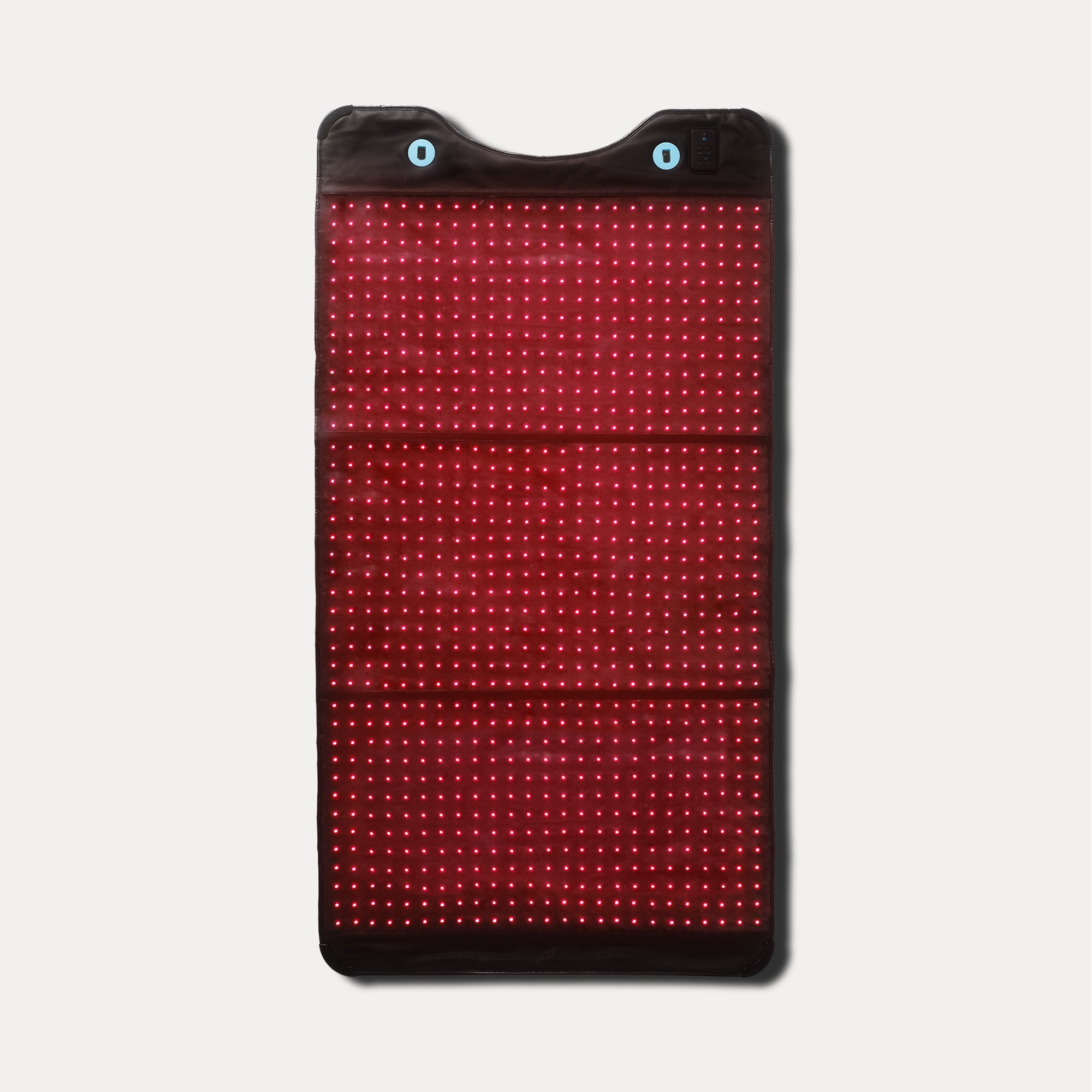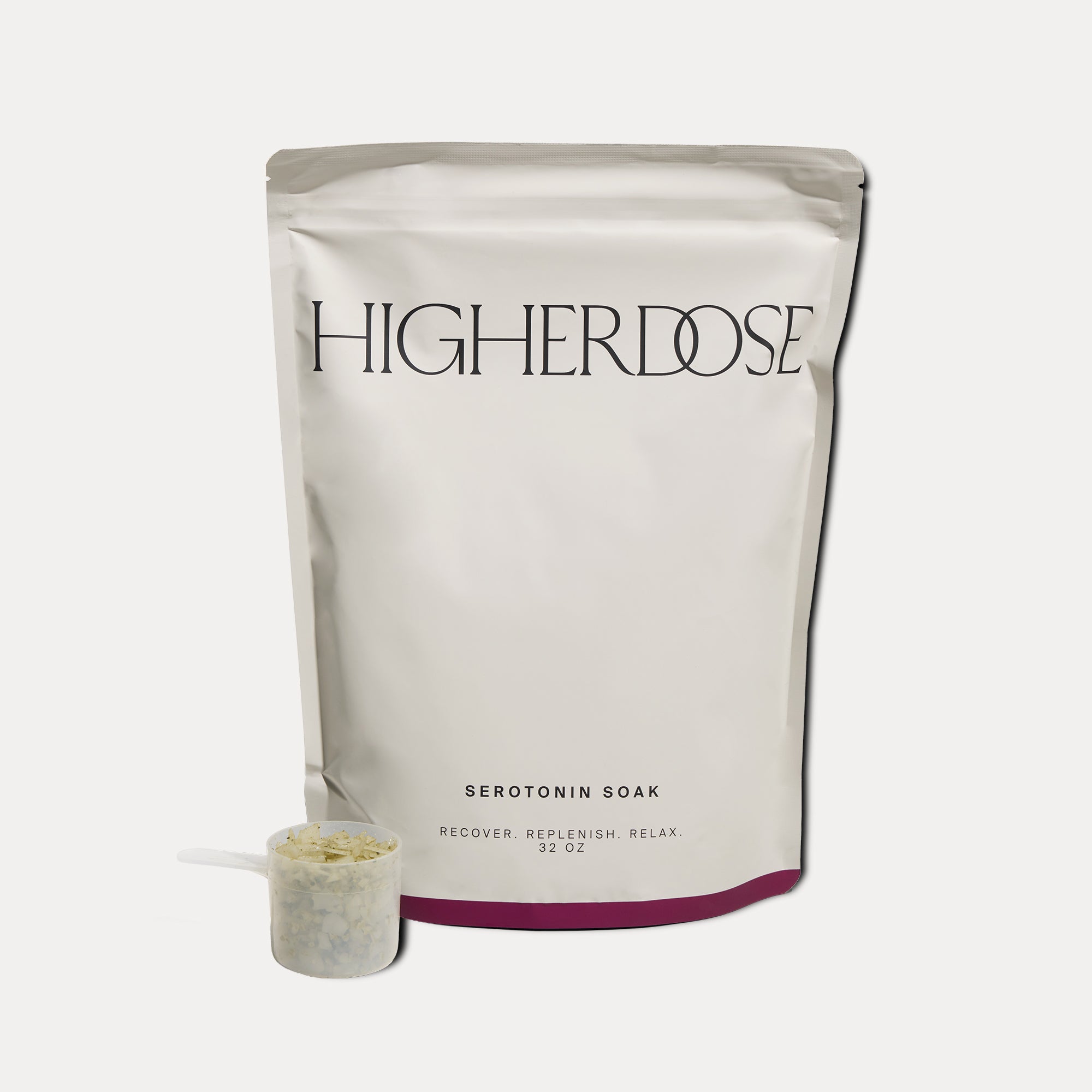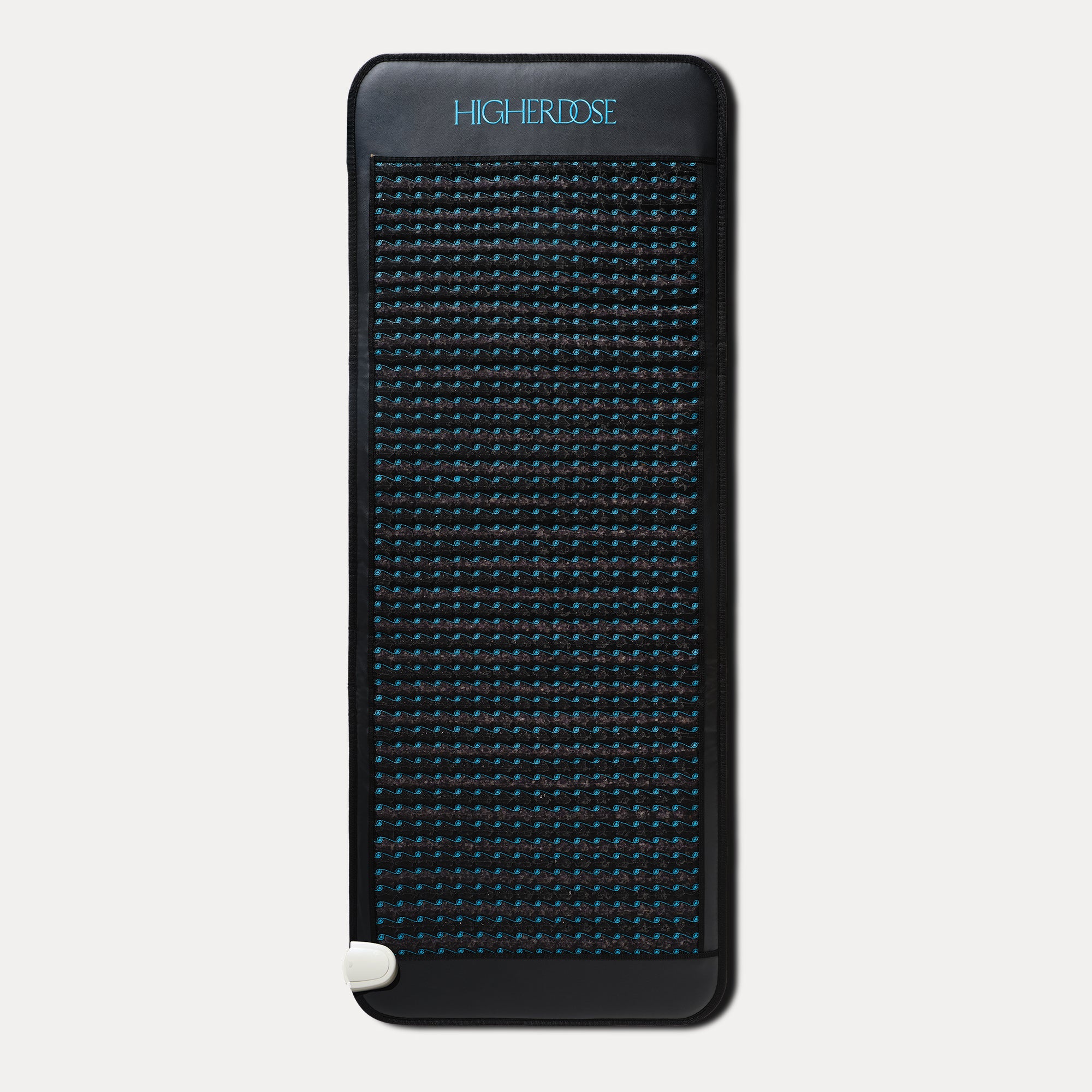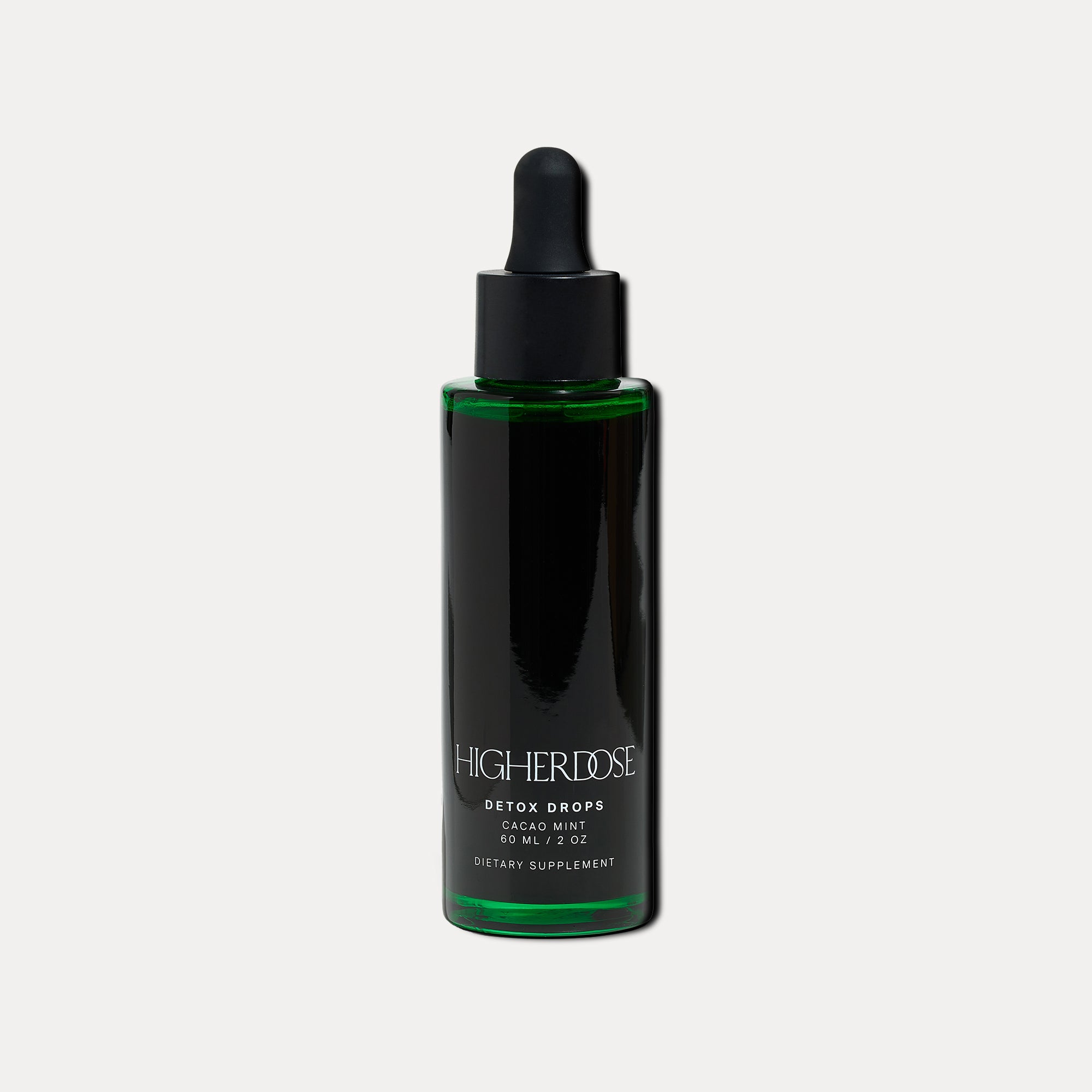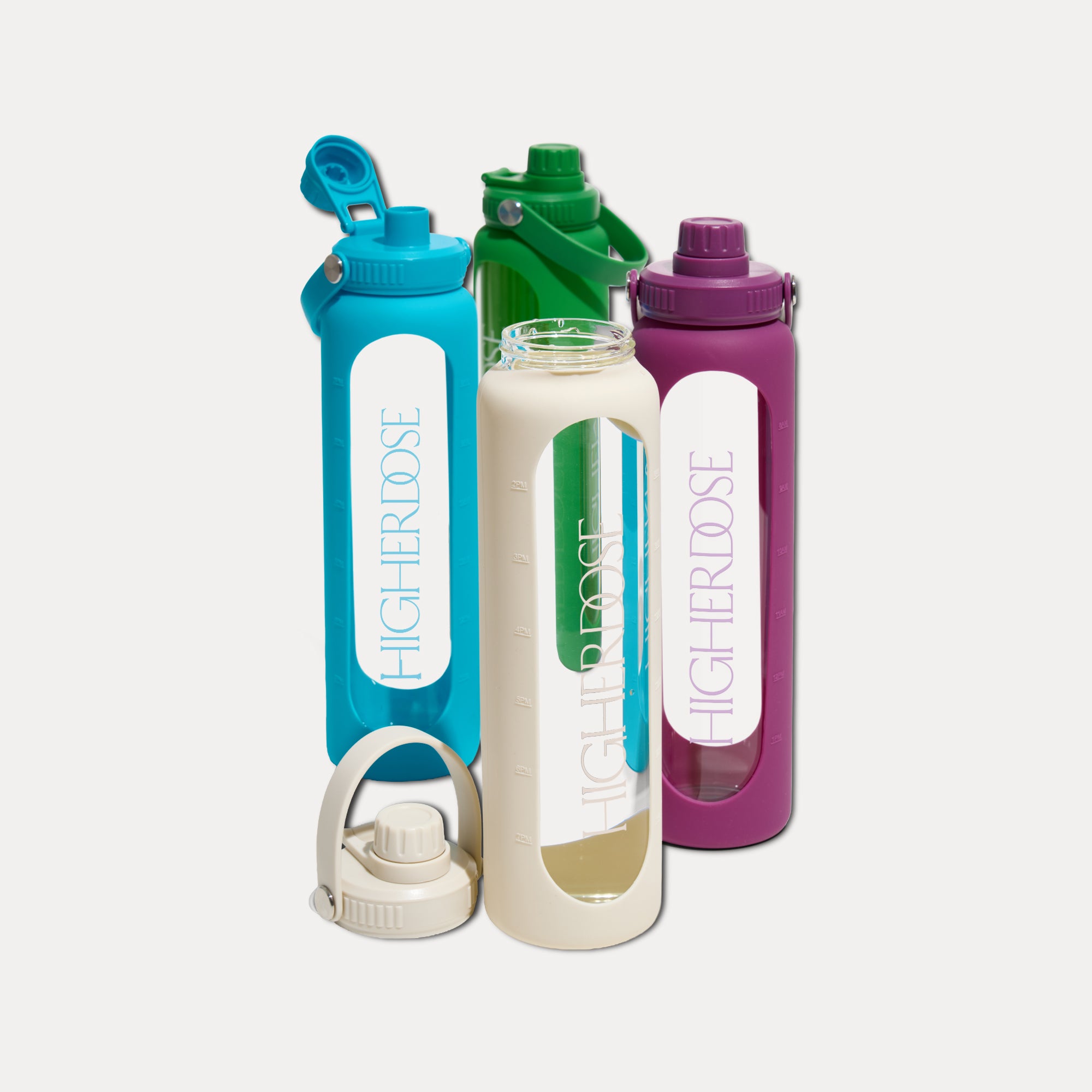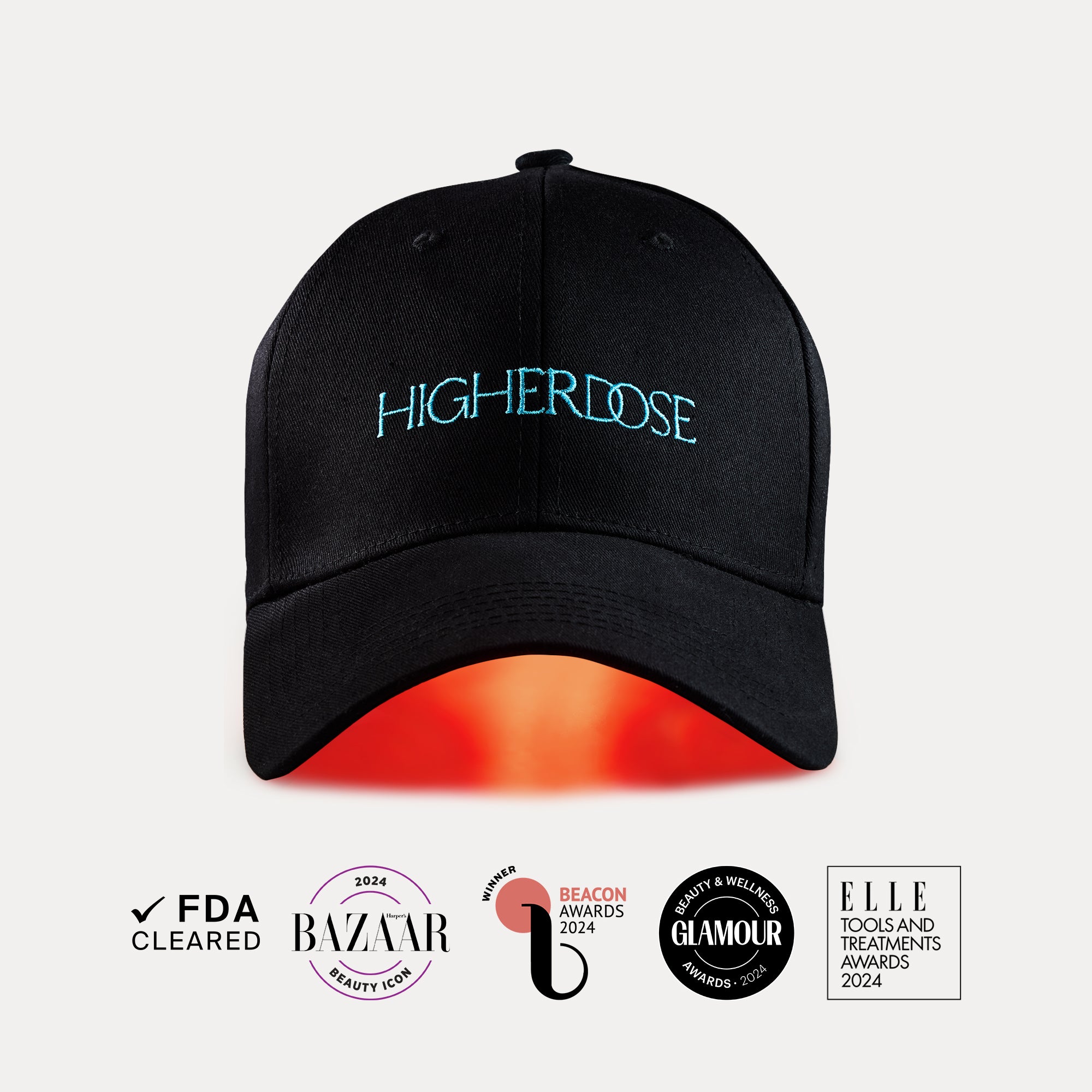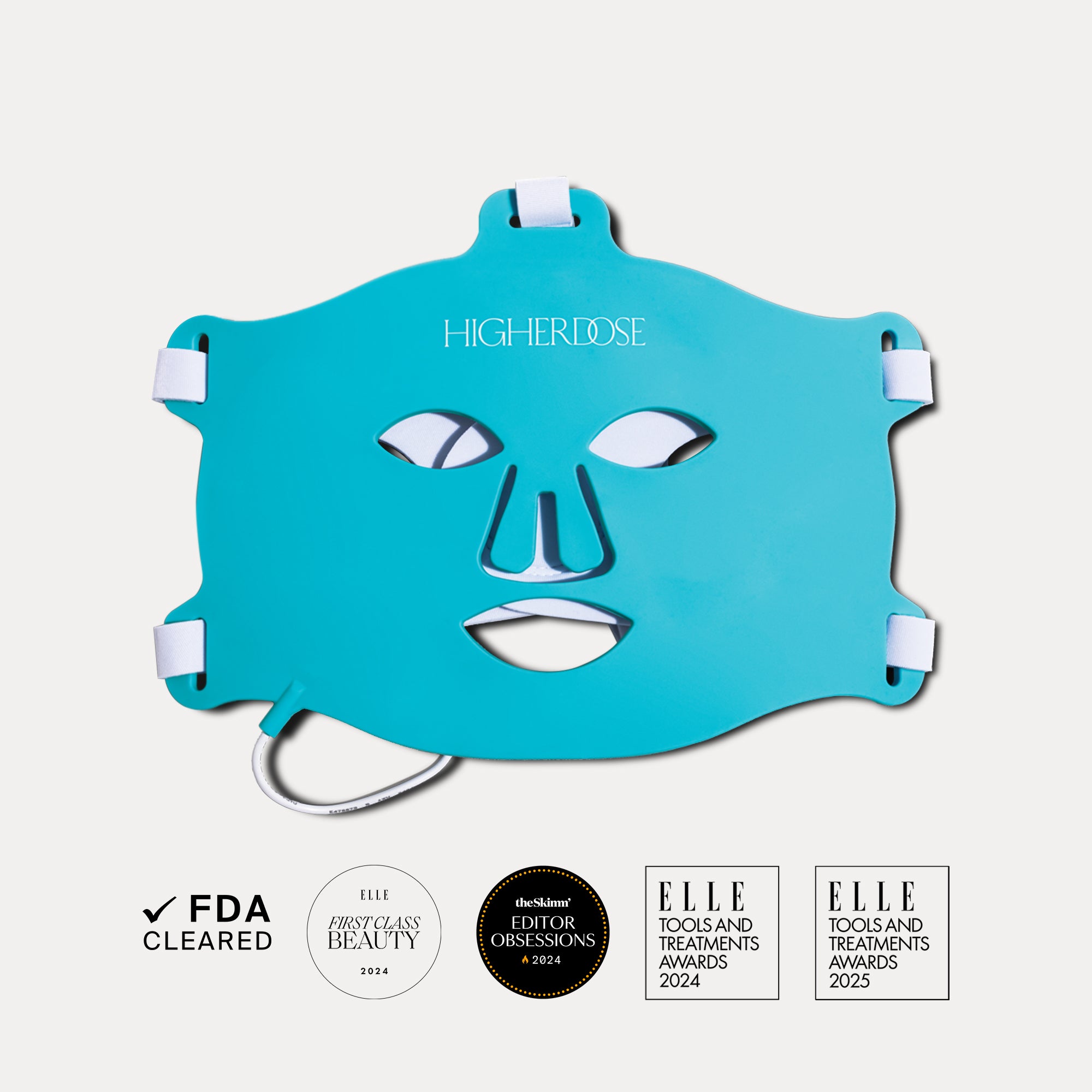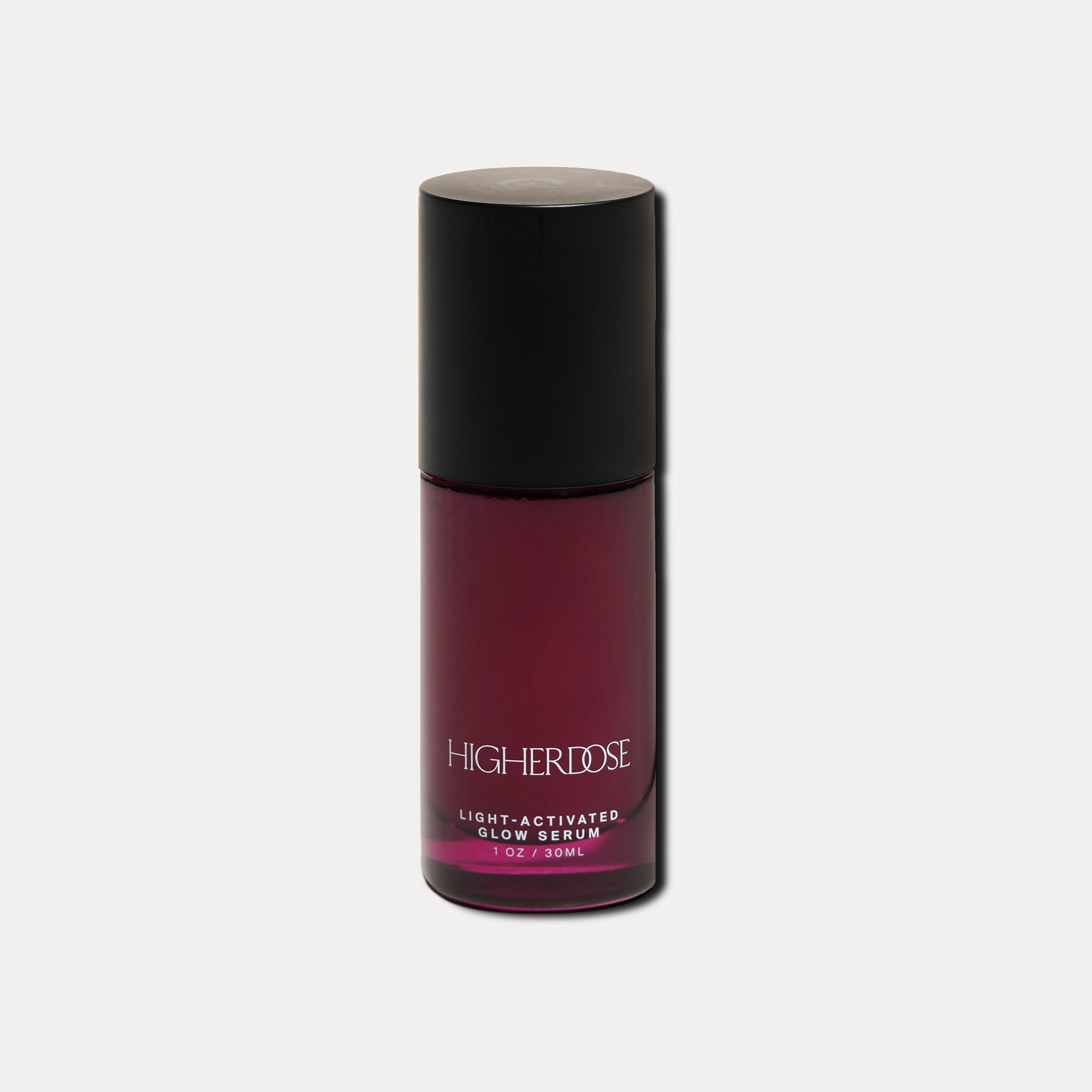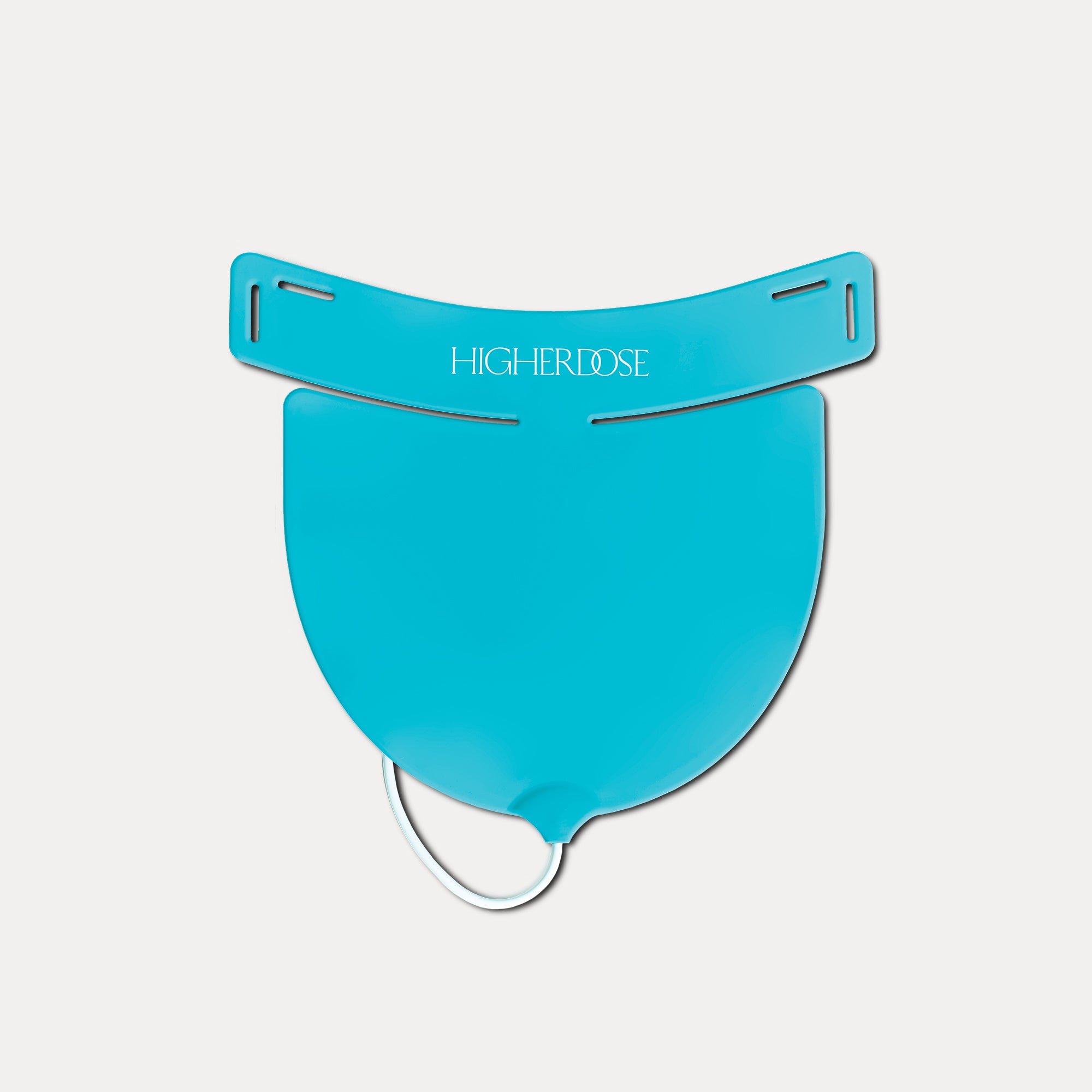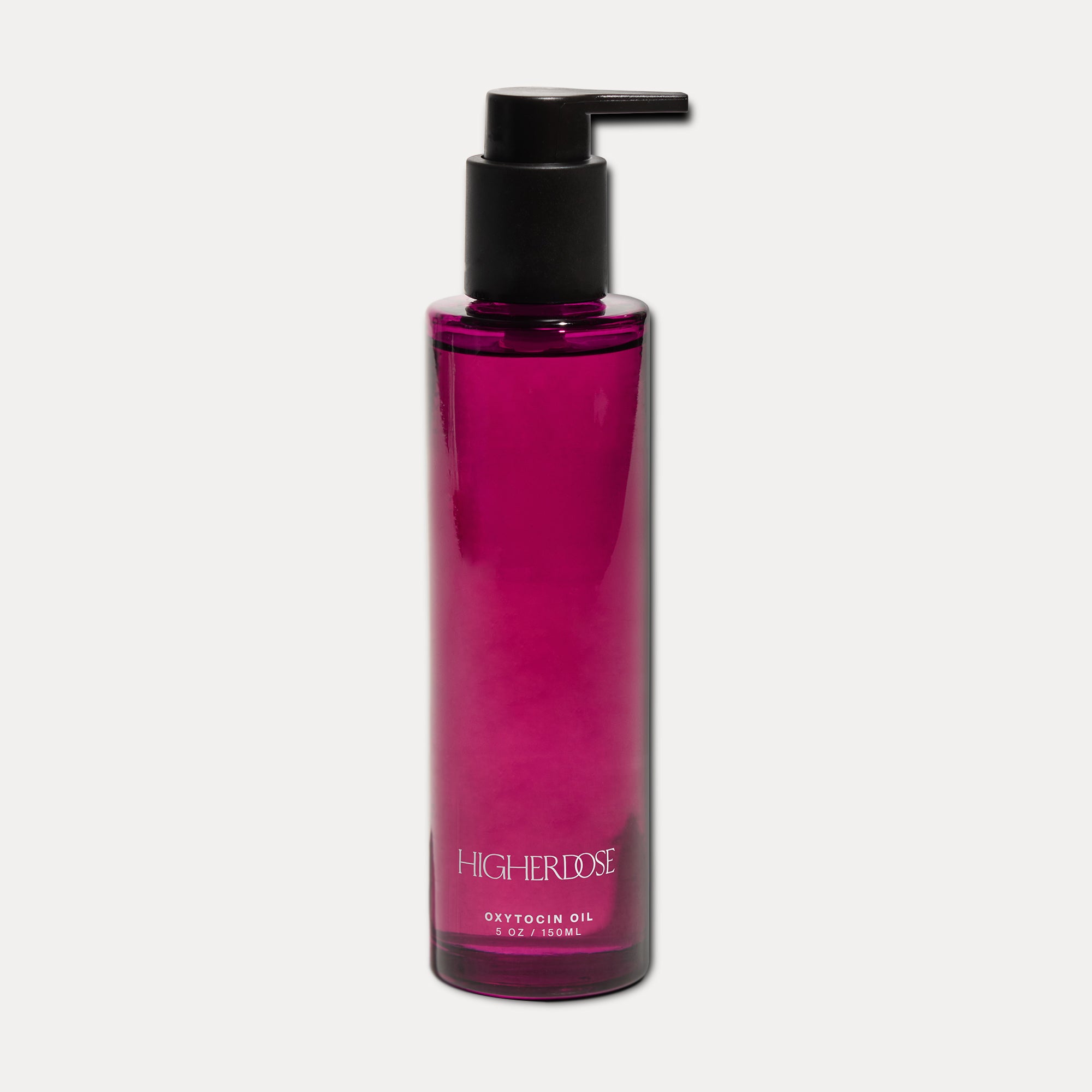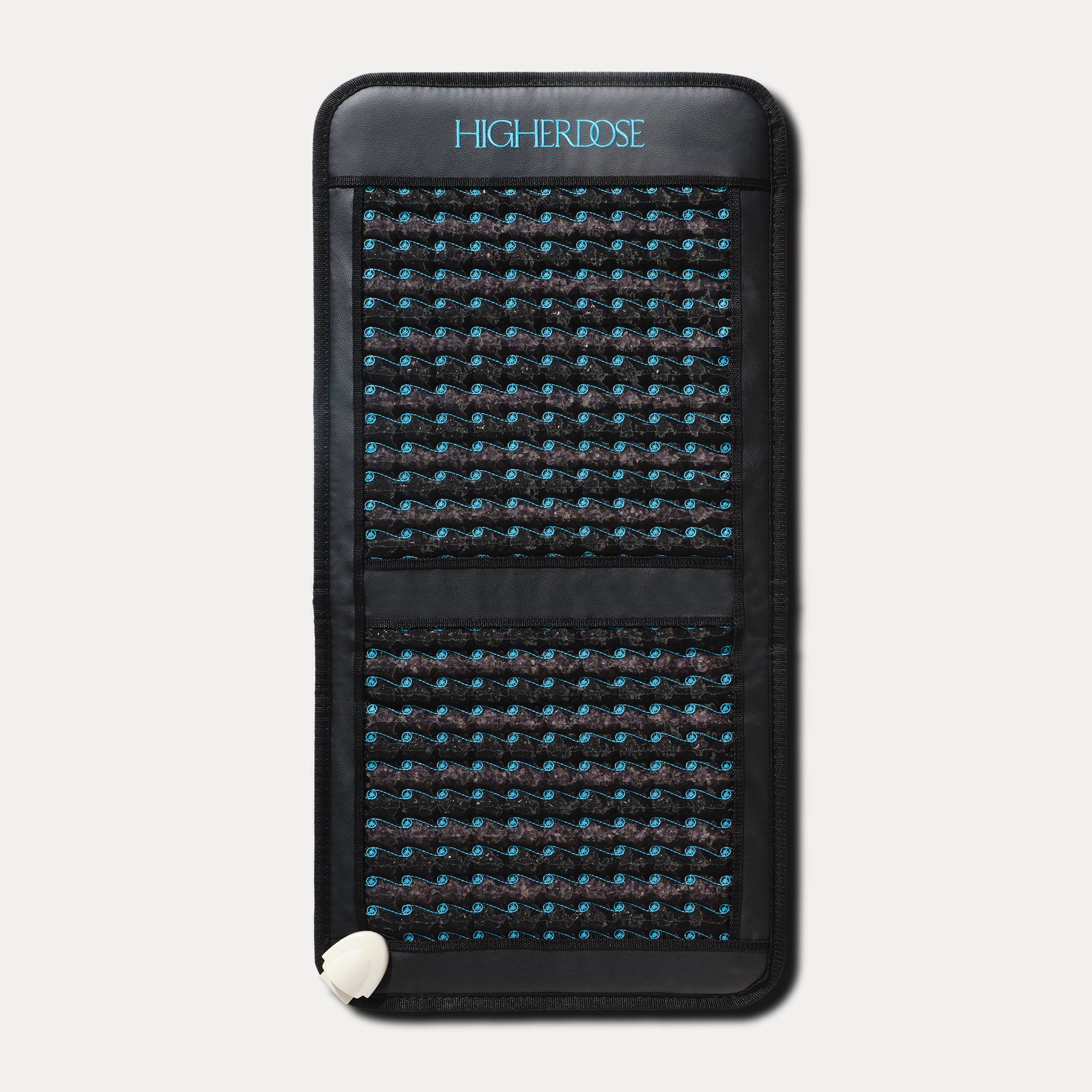
Connection Between Seasonal Affective Disorder and Vitamin D
In this supposed age of enlightenment, it’s remarkable how many misconceptions persist about mental disorders. One is that seemingly put-together personalities will never need therapy. Another is that attacks have to be visible, that if one isn’t tearing their hair out or crying all day, then the disorder isn’t “legit” enough to require medical attention. These are just a few of the fallacies that underestimate the power of mental health awareness and create a wrong understanding of the gravity of mental illnesses, causing many to be left underdiagnosed and untreated.
Seasonal affective disorder (SAD) is one such illness that is surrounded by misconceptions. It’s common for seasonal affective disorder to be conveniently filed away under “winter blues,” or for a SAD sufferer to be told to simply wait it out until the season is over, after which they’ll be “as good as new.” This scoffing, dismissal, and denial of SAD can be pretty dangerous. More information has to be put out there if these wrong beliefs are to be corrected. And, those who struggle with SAD need to be able to access information about treatments as well as how to use vitamin D for winter depression.
If you’re still reading up to this point, then perhaps, this article may prove helpful to you or a loved one suffering from SAD.

What is Seasonal Affective Disorder (SAD)?
Seasonal affective disorder is a depression that occurs with the changing of the seasons. Although there are less common cases where SAD occurs in certain people during sunnier seasons, the disorder typically happens during late fall or early winter, which is how it came to be known as the winter blues or winter depression. However, the correct term with the proper diagnosis is Major Depressive Disorder or MDD with seasonal pattern. This classifies SAD as a serious depressive condition.
An estimated 5% of adults in the US suffer from SAD. It affects more women than men, is more common in people who live farther north with shorter daylight hours in winter months, and tends to appear in those with existing major depressive conditions or other such illnesses such as attention-deficit and eating disorders.
Causes and Symptoms of Seasonal Affective Disorder
The specific cause of seasonal affective disorder has yet to be pinpointed. However, research shows that people suffering from SAD have less serotonin activity. Serotonin is a key hormone in the brain that regulates our mood and helps us become emotionally stable, happier, and calmer. It also affects how we sleep, eat, and digest.

SAD patients were also found to have overabundant levels of melatonin. Melatonin is the chemical our brains produce to usher in “darkness” and help us sleep at night. Further studies reveal that when daylight availability is shortened, our brain adjusts by increasing melatonin production, which disrupts sleep patterns and mood. The resulting oversleeping can lead to melancholy, and worse, to depression.
Another possible cause for seasonal affective disorder is the upsetting of our biological clocks. When there’s less sunlight and our internal clocks detect changes in day length, this can throw it off, causing mood swings and extreme sadness.
Symptoms of depression may include appetite changes, lack of focus, low energy, lack of interest in things you used to enjoy doing, oversleeping, feelings of worthlessness, and even frequent thoughts about death or suicide.
Because SAD is a severe mental condition, its diagnosis should not be taken lightly. This article will explore the benefits of vitamin D for depression but vitamin D3 supplementation is by no means the only treatment or option available.
Other treatments for SAD and depression can include counseling, Cognitive Behavioral Therapy (CBT), mindfulness and meditation, and antidepressant medication. These can be complemented by light therapy and vitamin D3 supplementation as part of a holistic approach.
If you suspect that you or a loved one are suffering from seasonal affective disorder, seek advice from a qualified health service provider. They will be able to guide you through your options and choose the right treatment for you.

What is Vitamin D, How Can You Get It, and Why Is It One of the Best Vitamins for Seasonal Depression?
Before we dive into the benefits of vitamin D for winter depression, let’s first take a look at what exactly it is.
Vitamin D is one of the vital nutrients your body needs to survive. Its main function is to help you build and maintain healthy bones. It’s also renowned in the beauty industry for its ability to boost skin, hair, and nail health. It even supports brain cell activity, immune health, muscle function, and more!
Perhaps our most famous source of Vitamin D is the sun. Although the sun itself doesn’t include it, exposure to sunlight converts a chemical in our skin into calciferol (which is an active form of vitamin D). So, when there’s less daylight and sunlight in winter months, our vitamin D levels drop. And, in turn, this vitamin D deficiency can lead to a decline in mental health.
There are other ways you can make sure you get plenty of vitamin D if sun exposure is not accessible. From diet to vitamin D supplements to light therapy, there are plenty of options - which we will explore in more detail below.
Seasonal Affective Disorder and Vitamin D
So we now know that our bodies primarily absorb vitamin D through sun exposure and that, during the winter months, the lack of sunlight can lead to vitamin D deficiency. But how is this connected to depression?
Among the lesser-known but equally important functions of vitamin D is regulating serotonin levels. Too little serotonin can lead to depression, whereas too much can cause hyperactivity of the nerve cells, producing anxiety and agitation. The latter may explain how some individuals can still be diagnosed with SAD even during less overcast seasons.
Vitamin D regulates the nervous system by impacting the production and release of specific proteins that signal particular cells to survive. It also influences chemicals that transmit messages from the nervous system to the rest of the body and prevents oxidative damage (the imbalance between unstable molecules and the antioxidants in your system).
Studies show that vitamin D deficiency can lead to various sleep disorders, from insomnia to poor sleep quality and oversleeping. A possible reason for this is that the potent vitamin is directly involved in the production of melatonin, which regulates our circadian rhythm and sleep. Once these go out of sync, they can cause emotional imbalance and trigger depression.
Symptoms of SAD and Vitamin D Deficiency
Some common signs of vitamin D deficiency include fatigue, muscle weakness, and mood swings. However, it’s worth noting that some of these symptoms can overlap with the symptoms of SAD we’ve already covered. So, while your symptoms could be rectified by simply getting the right balance of vitamin D into your body, they could also be signs of a more serious mental health condition that requires a holistic approach.
So, if you’re experiencing any of these symptoms, it’s worth checking in with your healthcare practitioner to find the best course of action for you.
The Benefits of Vitamin D for Mental Health
As one of the body’s vital nutrients, vitamin D has many physical and mental health benefits. Some studies suggest taking vitamin D reduces negative emotions while others believe that because a vitamin D deficiency can contribute towards depression and anxiety, addressing this balance can help improve symptoms of those mental health conditions.
Although studies are ongoing on the topic, current data suggests that addressing vitamin D deficiencies could have several mental health benefits, while adding too much vitamin D when sufficient amounts already exist is not necessary - and could even have adverse effects.

Dosing Up on Vitamin D for Winter Depression
Since our primary source of vitamin D is what our skin produces when sunlight strikes it, you may think that lack of vitamin D is rare. Whether you live in an area with limited sunlight or you stay indoors most of the time, you’ll need to secure additional vitamin D from alternative sources. Of course, it’s still a must to see a mental health professional to get an accurate diagnosis and treatment of your condition. But getting sufficient amounts of vitamin D can definitely go a long way in lifting up your spirits and improving the way you feel—regardless of the season.
Dining on Vitamins for Seasonal Depression
Want to boost your body’s supply of vitamin D and eat your way to improved emotional stability?
Assuming you have minimal sun exposure, the average daily recommended dietary allowance of vitamin D should be 600 IU if you’re 19 years of age or older and 800 IU if you’re above 70 years old. To help you reach these vitamin D levels, you can indulge in foods such as tuna, mackerel, salmon and other fatty fish, beef liver, cheese, and egg yolk. Many common household products are also fortified with vitamin D to further amp your levels These vary between brands and product ranges but can include orange juice, dairy and plant milk, fat spreads, and cereals.
Seasonal Affective Disorder and Vitamin D Supplements
Although eating your vitamin D is a hearty idea, there isn’t a lot of food that contains or is enriched with vitamin D. Here is where taking supplements can be a critical factor. To ensure that you get proper amounts of the sunshine vitamin, take 10 micrograms a day, which is the recommended dose for most people.
It’s also very important to note that because vitamin D is a fat-soluble vitamin, it is possible to overdo it. Overdosing on vitamin D can lead to vitamin D toxicity or hypervitaminosis D. This occurs when there’s too much calcium in your blood (hypercalcemia), resulting in nausea, vomiting, weakness, frequent urination, and even kidney problems. This is a rare but serious condition so see your physician to have your level checked before choosing the best vitamin D supplement plan for you.

Get Vitamin D for Winter Depression Through At-Home Light Therapy
If there’s one exciting treatment for addressing vitamin D deficiency, it’s the use of light. Light therapy is sought-after, even by sports medicine groups, which promote the use of infrared saunas to boost vitamin D levels naturally. Evidence points to the benefits of infrared and near-infrared light that are present in sunlight and therefore strengthen the link between sunlight exposure (with its powers to stimulate vitamin-D production) and better health. According to the American Psychiatric Association, most people can already feel the mood-boosting effects of light therapy within one or two weeks from the start of treatment.
Unlike our climate, which we can’t control, the good news is that light therapy is within easy reach. Cutting-edge infrared technology is available through many devices, some of which you can enjoy at home.

Need something portable or something you can pack away neatly? Go for HigherDOSE’s Sauna Blanket Starter Kit. Easy to use and transportable, this infrared starter kit can help you get a healthy DOSE of your brain’s happy hormones to boost your mood anywhere, anytime. For even more light therapy options and wellness technology, check out the rest of our collection at the HigherDOSE shop today!
Frequently Asked Questions: Vitamin D for Winter Depression
How much vitamin D should I take for seasonal depression?
Most studies suggest that vitamin D helps to relieve the symptoms of seasonal depression if the patient has a vitamin D deficiency. A certified healthcare practitioner can help you find out your vitamin D levels by administering a blood test. This can then help you understand how much additional vitamin D you need in the form of supplements or dietary changes.
Vitamin D is only one of the possible treatments for seasonal depression and should be taken in conjunction with other methods like counselling or Cognitive Behavioral Therapy as part of a holistic approach.
Can you get enough vitamin D from sunlight in winter?
How much vitamin D you get from sunlight in winter months will depend on your geographic location. In many locations, the winter sun isn’t strong enough to provide enough vitamin D. It’s also worth remembering that it’s harder for dark-colored skin to create vitamin D from sunlight, making people with darker skin at higher risk of vitamin D deficiency, especially in winter.
How long does it take for vitamin D to improve mood?
How long it takes to feel the positive effect of vitamin D for depression depends on a number of factors. However, studies suggest that it could take several weeks to feel the mood benefits of vitamin D supplements.


